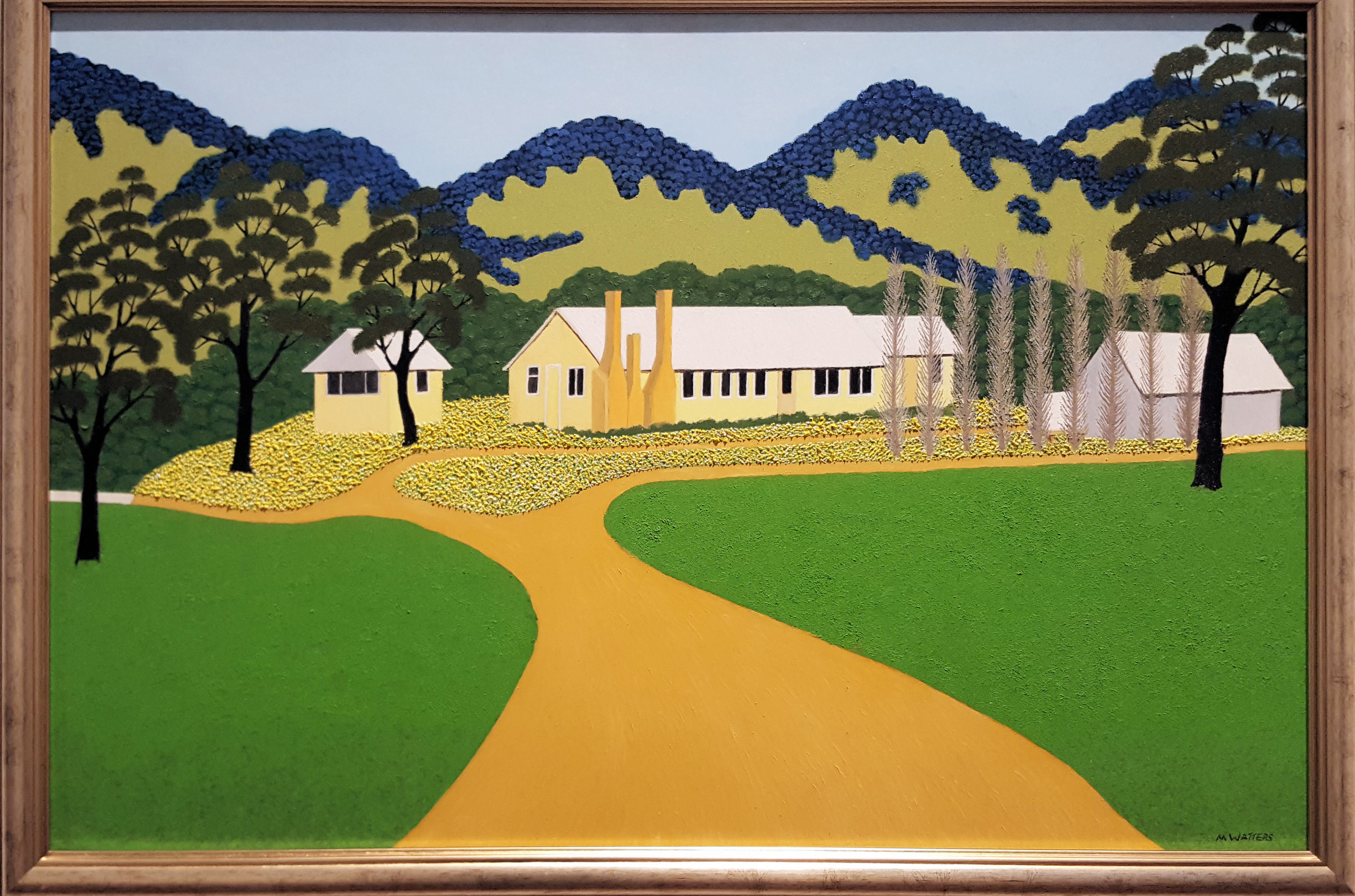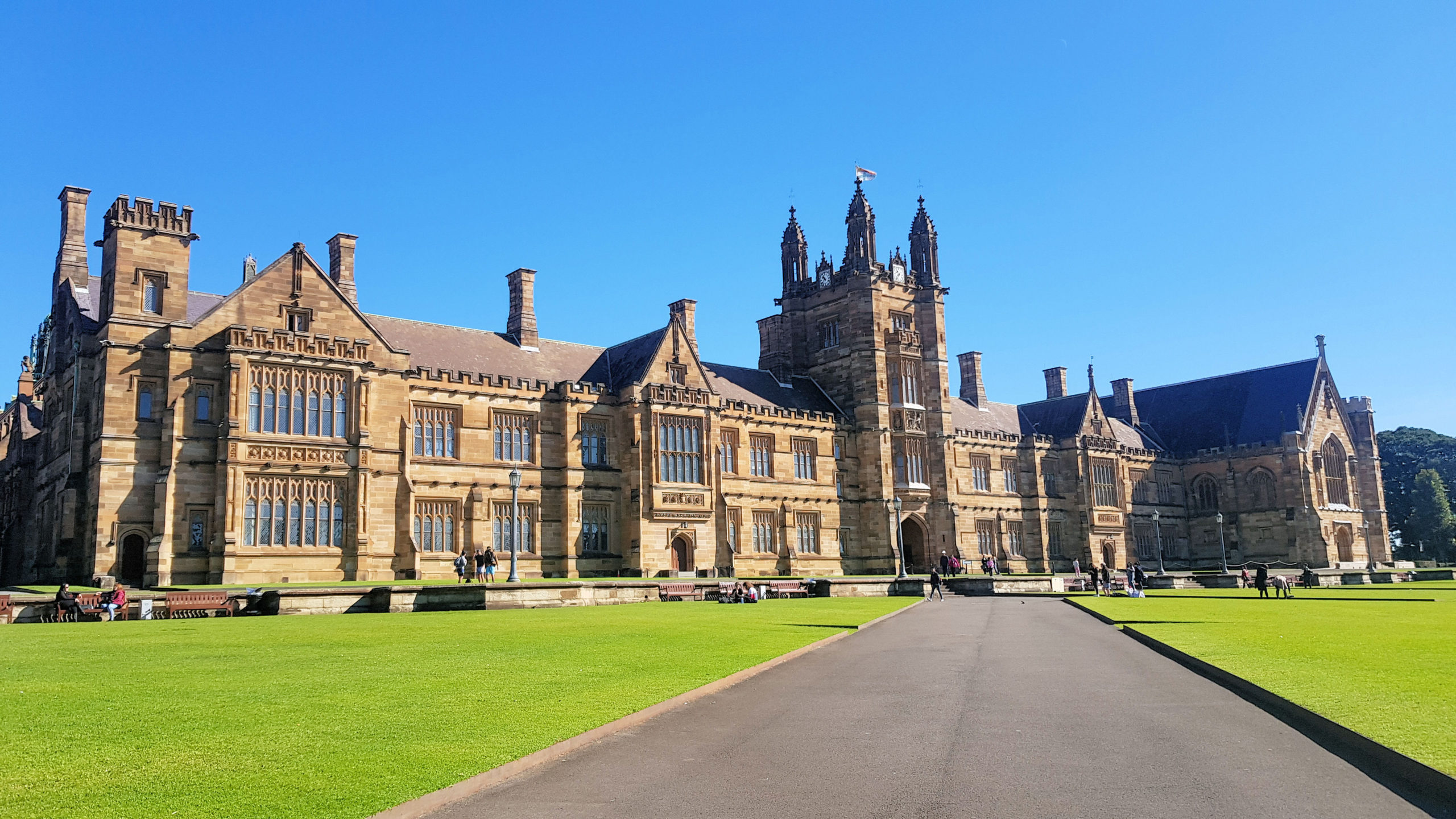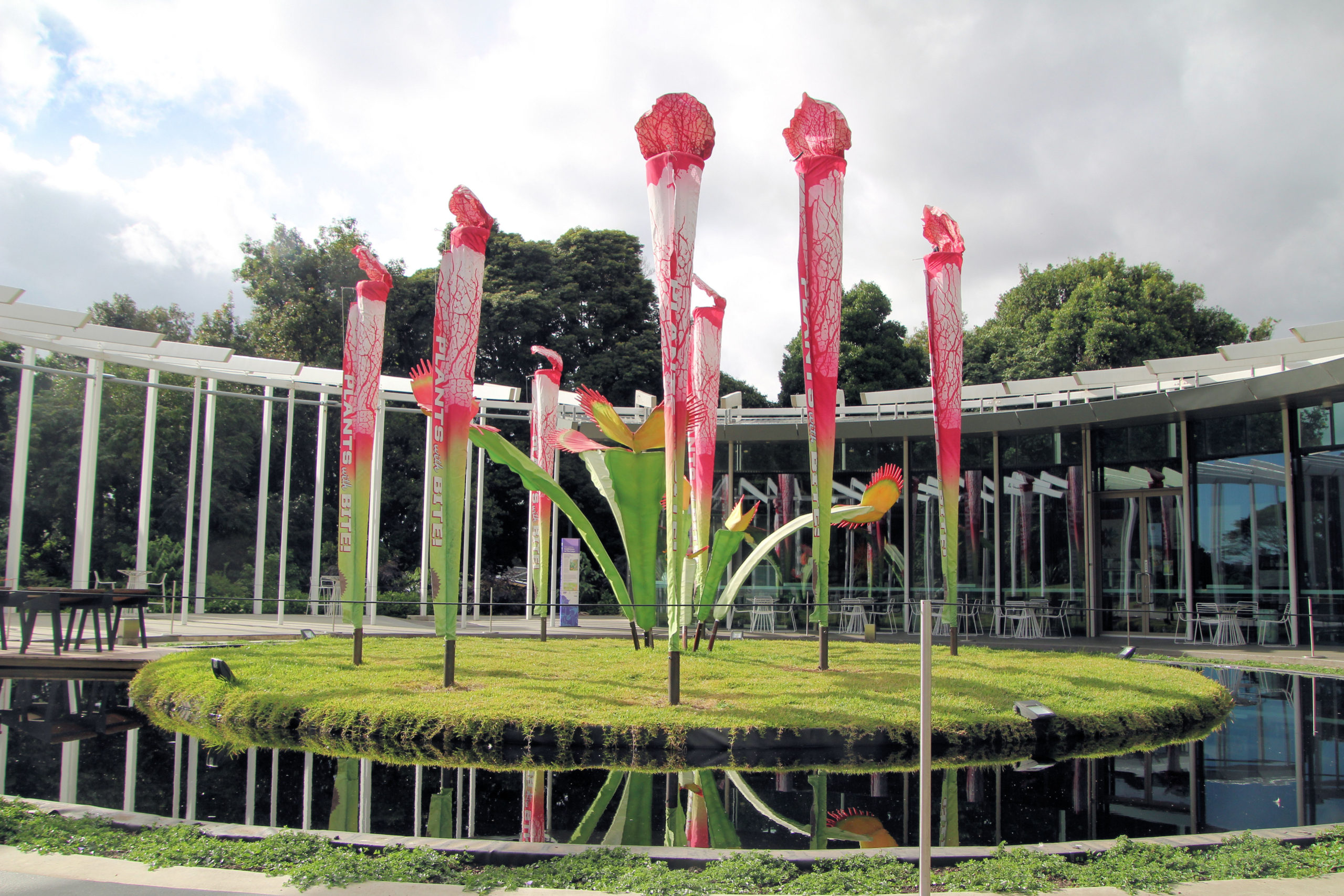Tag: New South Wales
-
Muswellbrook Regional Arts Centre

Muswellbrook Regional Arts Centre Located on the corner of Bridge and William Streets in the School of Arts building, the Muswellbrook Regional Arts Centre houses a large collection of local national and international artists. The Muswellbrook School of Arts building is worth admiring because of its architectural beauty. Entry to the centre is free and… Read more
-
Sydney University

Large enough to have its own postcode, Sydney University contains buildings dating from the mid-1800s. Built from Sydney sandstone, these wonderful buildings are Neo-Gothic designs and look magnificent. Walking through the grounds is relaxing and the atmosphere is casual, with many places to stop, sit down and relax. The Quadrangle and Clock Tower, next to… Read more
-
Royal Botanic Garden Sydney Australia

Royal Botanic Garden Established in 1816, the Royal Botanic Garden covers 30 hectares and has over 27,000 plants, right in the middle of Sydney’s CBD. With landmarks like Sydney Harbor and the Opera House as its neighbours, it is in the perfect setting. Getting there is easy, with Circular Quay only a five-minute walk away… Read more